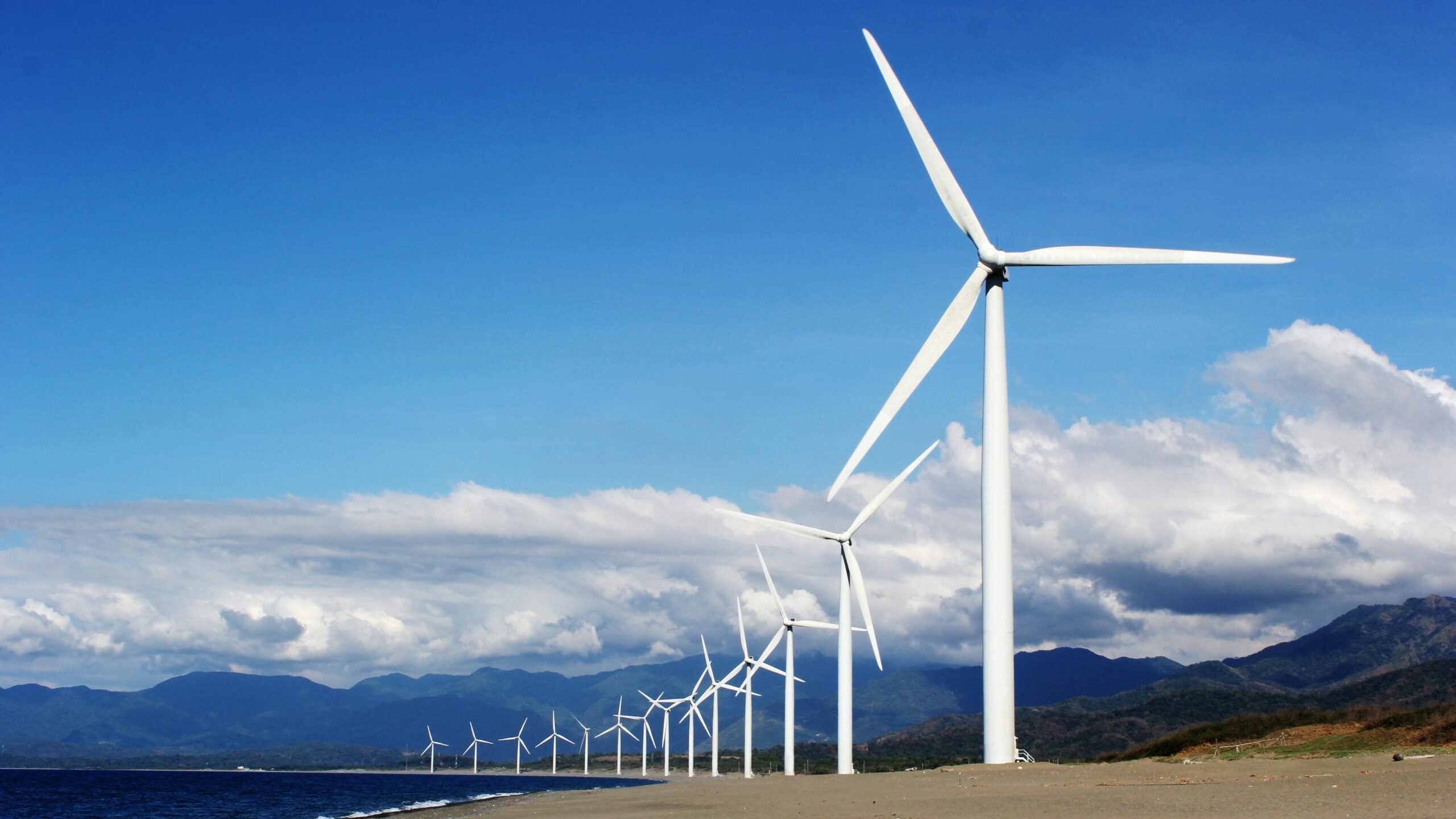Power/ Energy








Clients:
To be updated soon..
Project Leader(s):
To be updated soon..
Team Size & Manpower:
To be updated soon..
Year Range:
To be updated soon..
Collaboration with Other Organizations:
To be updated soon..
Countries Worked On:
To be updated soon..
Overall, India’s power industry is going through a tremendous upheaval as it attempts to fulfil its rising energy needs while switching to cleaner and more sustainable energy sources.
Solar Energy: The National Solar Mission was established by the government in 2010 with the goal of generating 100 GW of solar power by 2022. The mission was effective in encouraging the use of solar electricity, and as of September 2021, India had installed more than 40 GW of solar power capacity, exceeding its initial target.
Wind Energy: India has set a goal of developing 60 GW of wind energy capacity by 2022. The introduction of laws like the competitive bidding process by the government has helped to advance the growth of wind energy projects.
Hydroelectricity: The government has identified numerous suitable sites for the development of hydroelectric projects in India, which has a significant hydroelectric power potential. The nation’s goal is to reach 40 GW of hydroelectric generating capacity by 2030.
Clean Energy Corridor: The project’s goal is to create a transmission network that will allow the grid to incorporate renewable energy. The project will assist in addressing the issue of sporadicness and provide a consistent and dependable source of renewable energy.
Energy Efficiency: The government has put in place a number of energy efficiency measures, such as the Perform, Achieve and Trade scheme, which rewards energy efficiency gains in companies with high energy costs.
Electric Vehicle Mobility: To cut down on emissions from the transportation sector, the government is encouraging the use of electric vehicles (EVs). Financial incentives are offered to encourage the adoption of EVs through programs like the FAME scheme for faster uptake and manufacturing of hybrid and electric vehicles.
